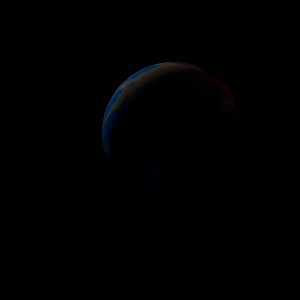|
|
Space Astro
|
Info for exoplanet "Pobyupya Byu"
| Scientific (actual) data |
|---|
| Name | Kepler-232 c |
| Planet status | Confirmed |
| Radius | 0.342 |
| Orbital period | 11.3793 |
| Semi major axis | 0.101 |
| Discovered | 2014 |
| Updated | 2021-02-05 |
| Tconj | 2454970 |
| Impact parameter | 0.92 |
| Publication | Announced on a website |
| Detection type | Primary Transit |
| Alternate names | 2MASS J19431587+5107182 c, K00787.02, KIC 12366084 c, KOI-787 c, KOI-787.02, WISE J194315.87+510718.2 c |
| Star name | Kepler-232 |
| Right ascension | 295.82° |
| Declination | 51.12° |
| Mag j | 14.179 |
| Mag h | 13.799 |
| Mag k | 13.765 |
| Star distance | 1402.96 |
| Star metallicity | 0.083 |
| Star radius | 0.97 |
| Star temperature | 5847 |
| Star alternate names | 2MASS J19431587+5107182, KIC 12366084, KOI-787, WISE J194315.87+510718.2 |
| Wikipedia article | Kepler-232 c |
Back
| |
| Fictional info (?) |
|---|
| Suggested name | Pobyupya Byu |
| Planet type | Warm planet |
|
| Atmosphere | Water vapor | 49% |
| Hydrogen chloride | 38% |
| Krypton | 10% |
| Hydrogen deuteride (HD) | 2.6% |
| Carbonyl sulfide | 6.9E-5% |
| Atmospheric pressure | 1.7 bar |
 |
| Moon | Ryuakyu-shoako | Small slightly egg-shaped rocky moon |
| Google search for Pobyupya byu |
|
Website by Joachim Michaelis
|
|
|
|